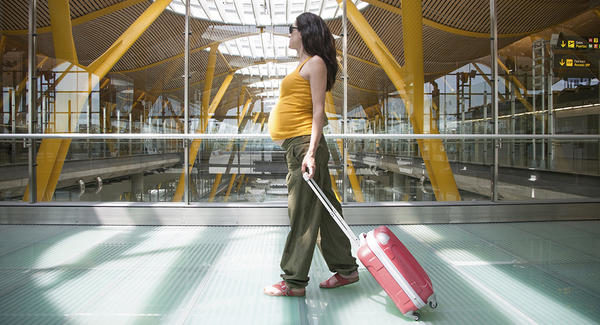Flying during Pregnancy
Air travel is not harmful to pregnant women or their babies, however most airlines will have a policy around when pregnant women are able to travel.
Many airlines won’t allow pregnant women to fly after the end of their 36th week and most require a letter from your midwife or GP after 28 weeks, confirming your due date, that you are healthy and that your pregnancy is straightforward. It is a good idea to carry this letter with you (in hand luggage) regardless of which airline you are travelling with.
Different airlines have specific requirements so check your airline before you travel. Air New Zealand allows you to board flights up to 4 hours in length up to the end of your 40th week. For longer flights, providing there are no complicating factors, you can fly up to the end of your 36th week. If you have complicating factors you may need to apply for medical clearance. Emirates and Singapore airlines will not allow travel after the 36th week without medical clearance.
It is also important to check any entry restrictions in your destination country. Some have restrictions for pregnant ‘non-national’ women. Check with the embassy or consulate before you travel.
Flying during pregnancy can slightly increase your risk of developing DVT (deep vein thrombosis). This is because the level of blood-clotting proteins increases during pregnancy, while anticlotting protein levels decrease. During the flight drink plenty of water, walk when you can and try to elevate your legs where practical.
Travelling with baby
Some airlines will not allow an infant to travel in the first 48 hours and some require medical clearance for babies under 7 days old, again policies vary between airlines so it is important you know the policy of the airline you are travelling with if you are intending to travel with your newborn.
Travelling in a car during pregnancy – seat belts
It is important to wear a seatbelt while travelling in a car during pregnancy. A three point seatbelt should be worn throughout pregnancy with the lap strap placed as low as possible beneath the pregnancy bump and lying across the thighs. The diagonal shoulder strap should be above the bump and lying in-between the breasts.
Buckle up for you and your baby –
https://www.hqsc.govt.nz/assets/PMMRC/Resources/Pregnancy-Seatbelt-A2-Poster.pdf
After the birth – travelling with your baby in a car and the use of car seats
For more information see the preparing for baby section of this website.
